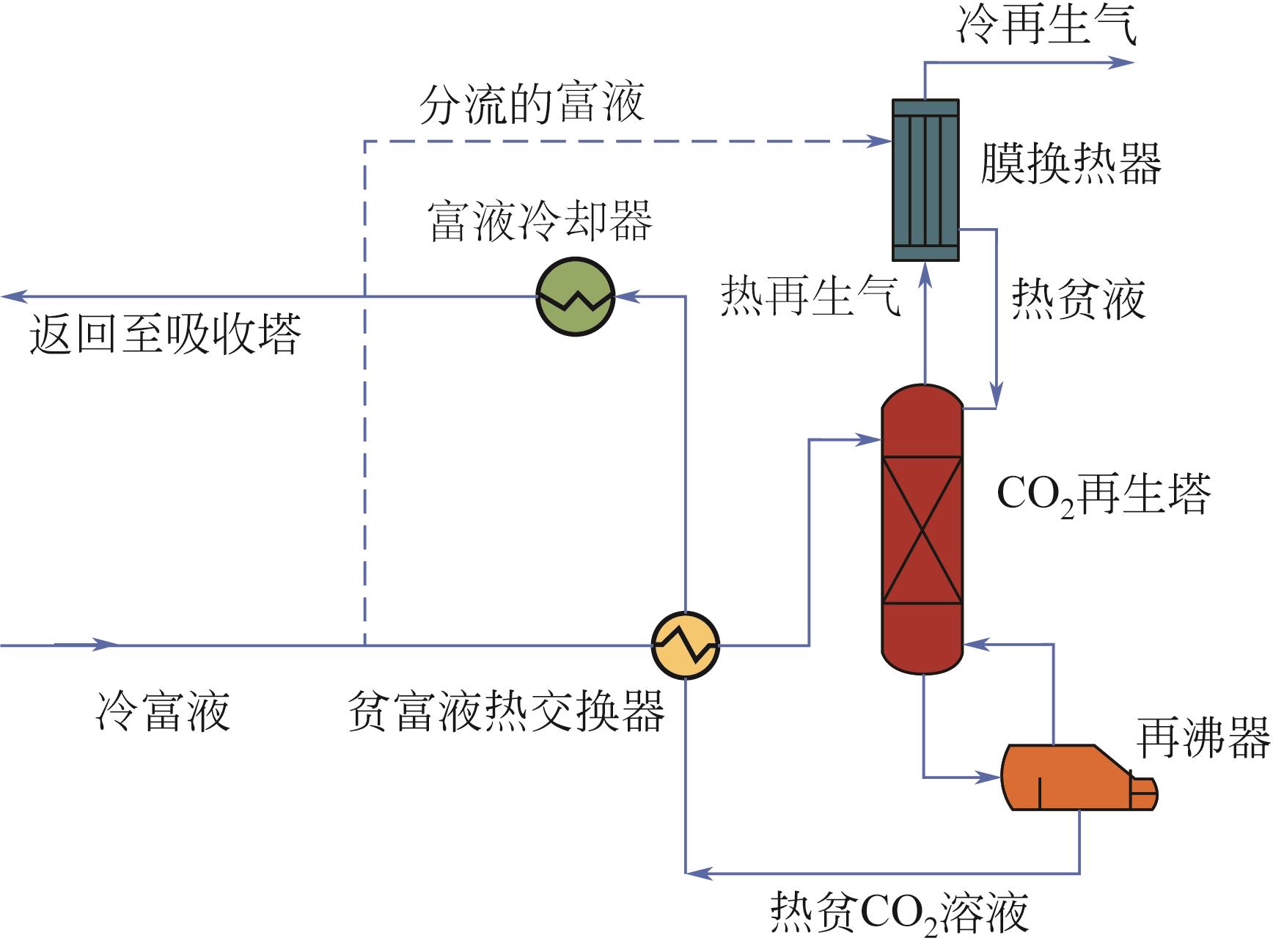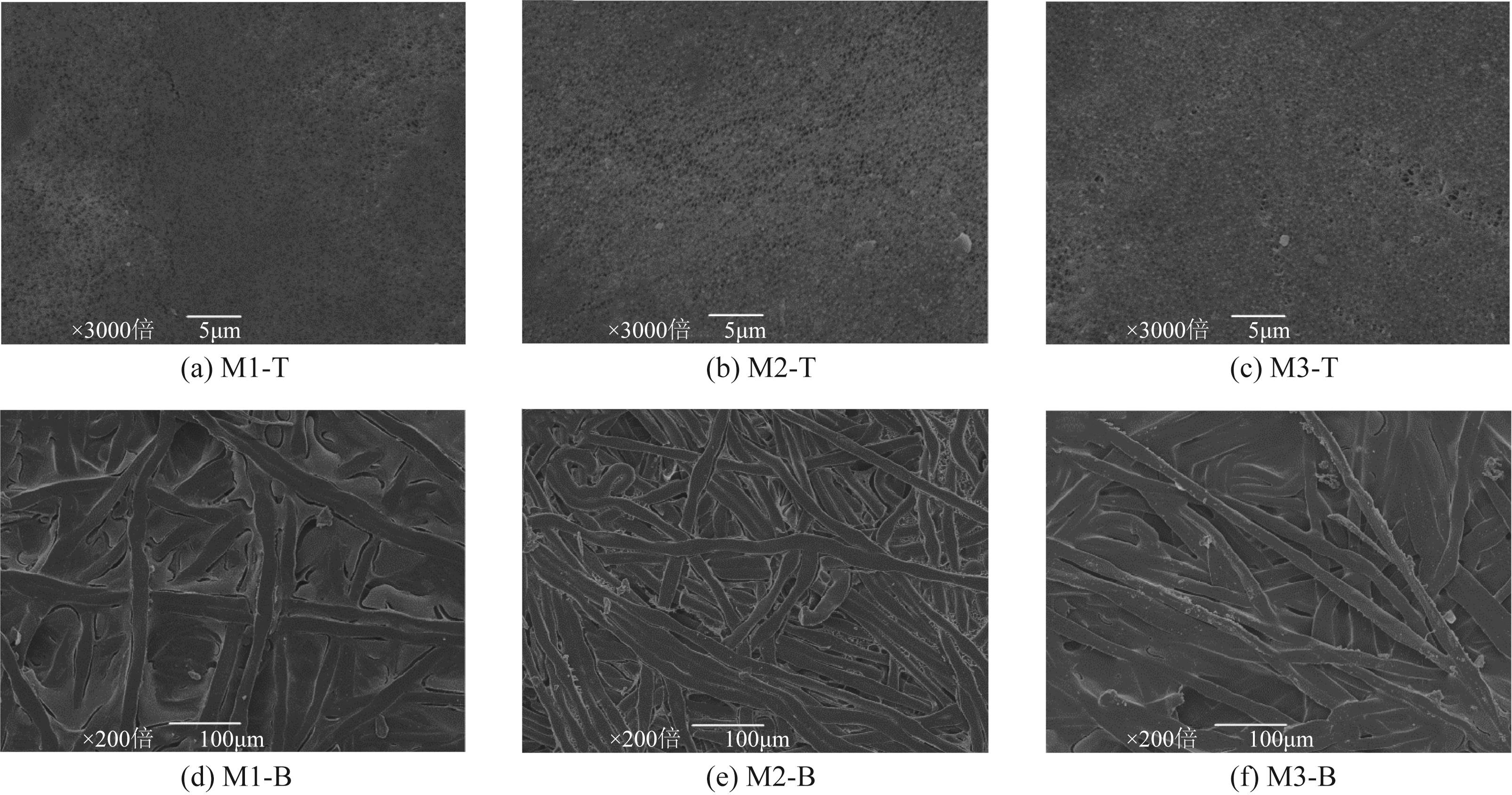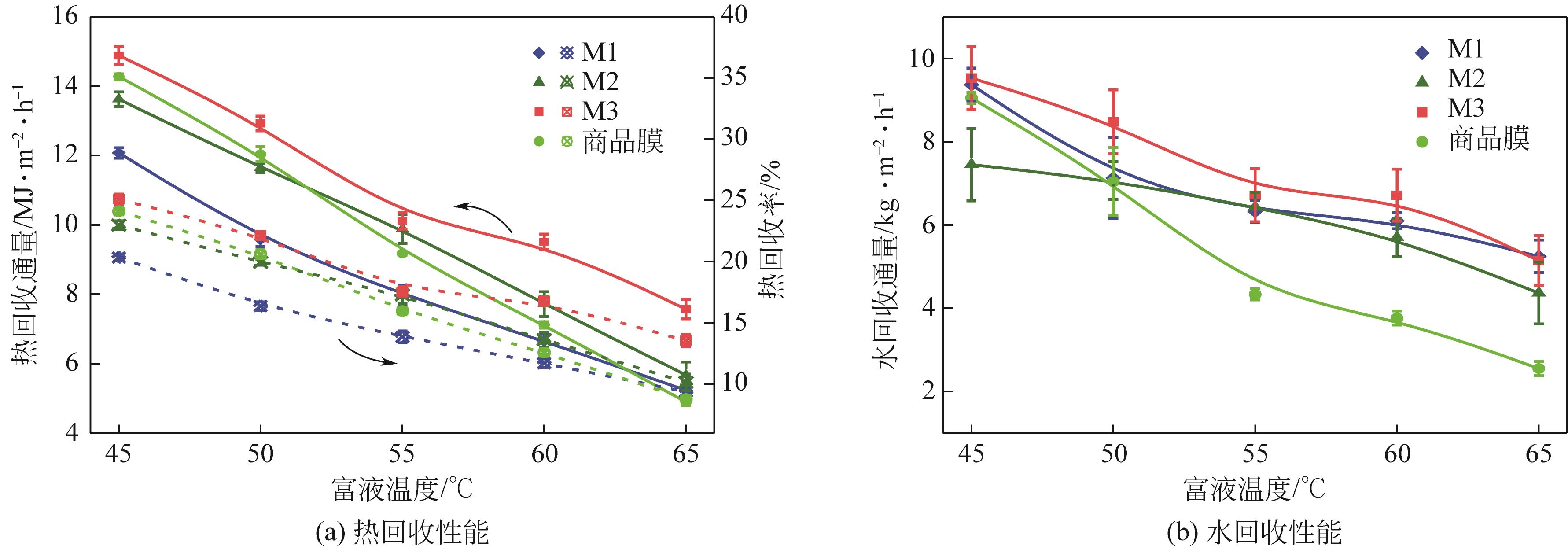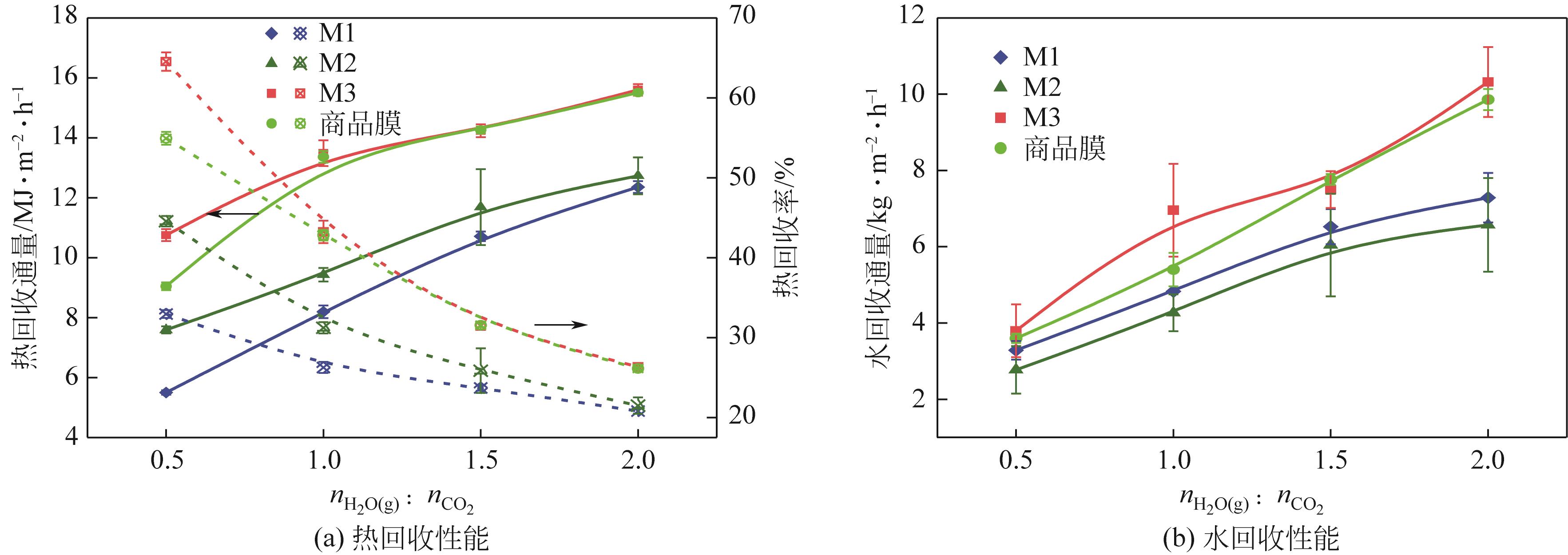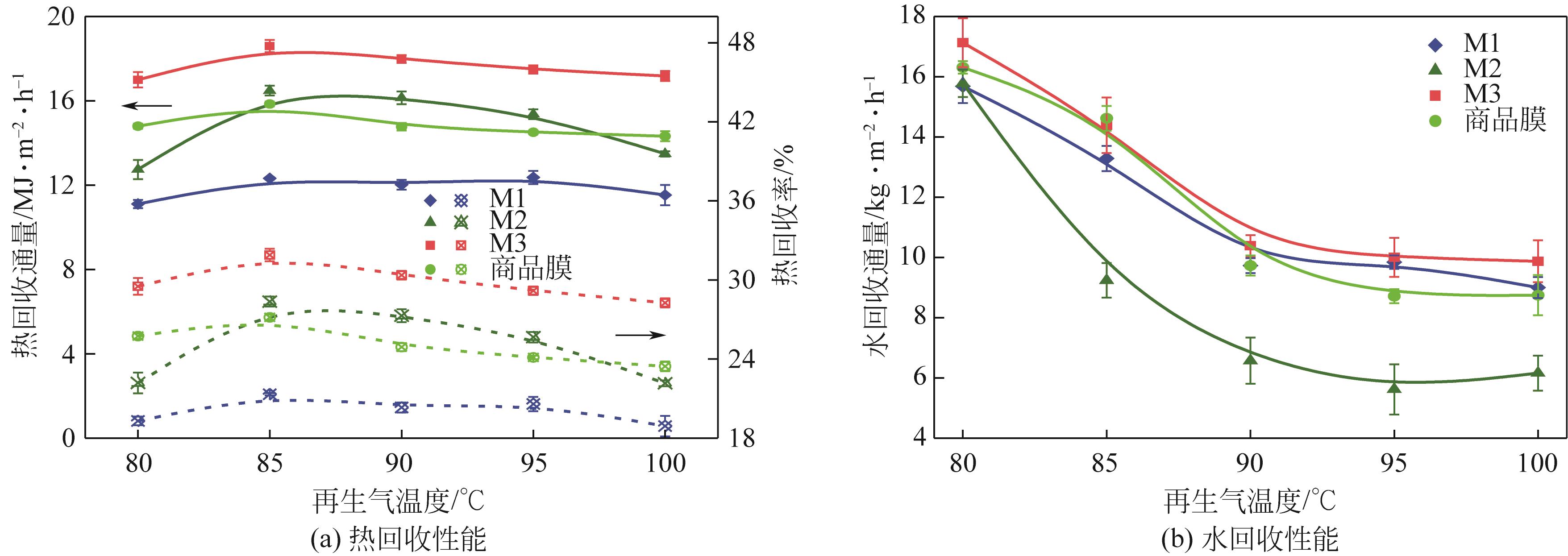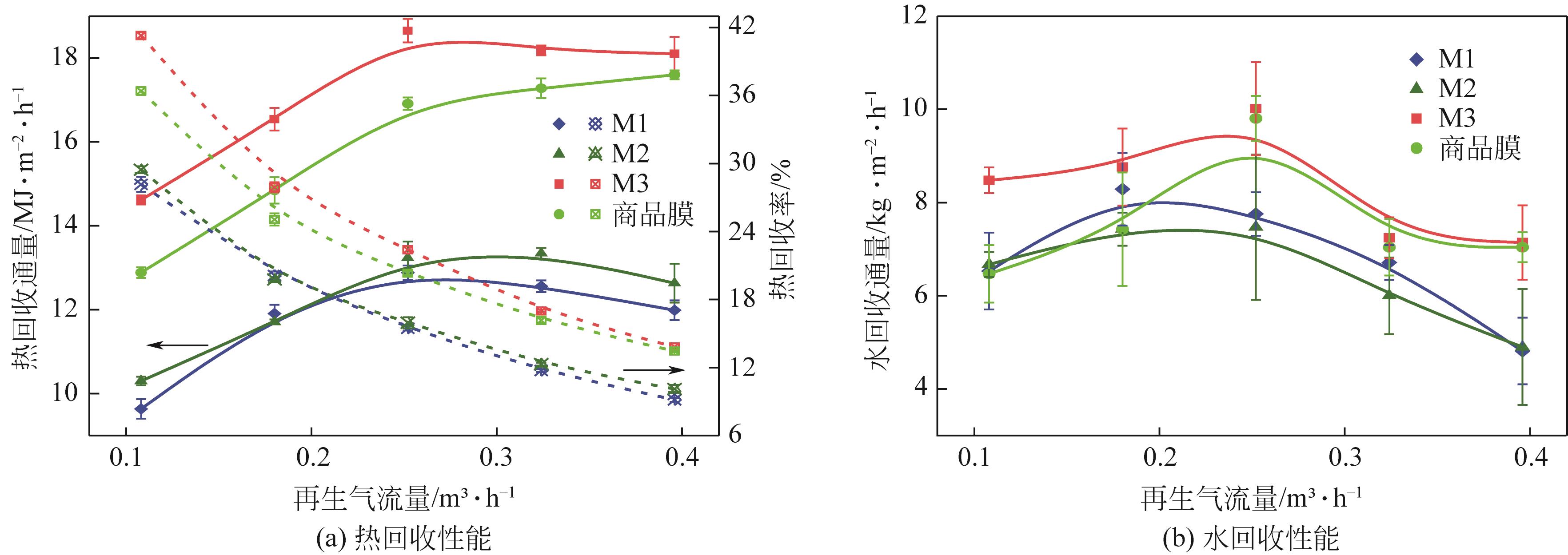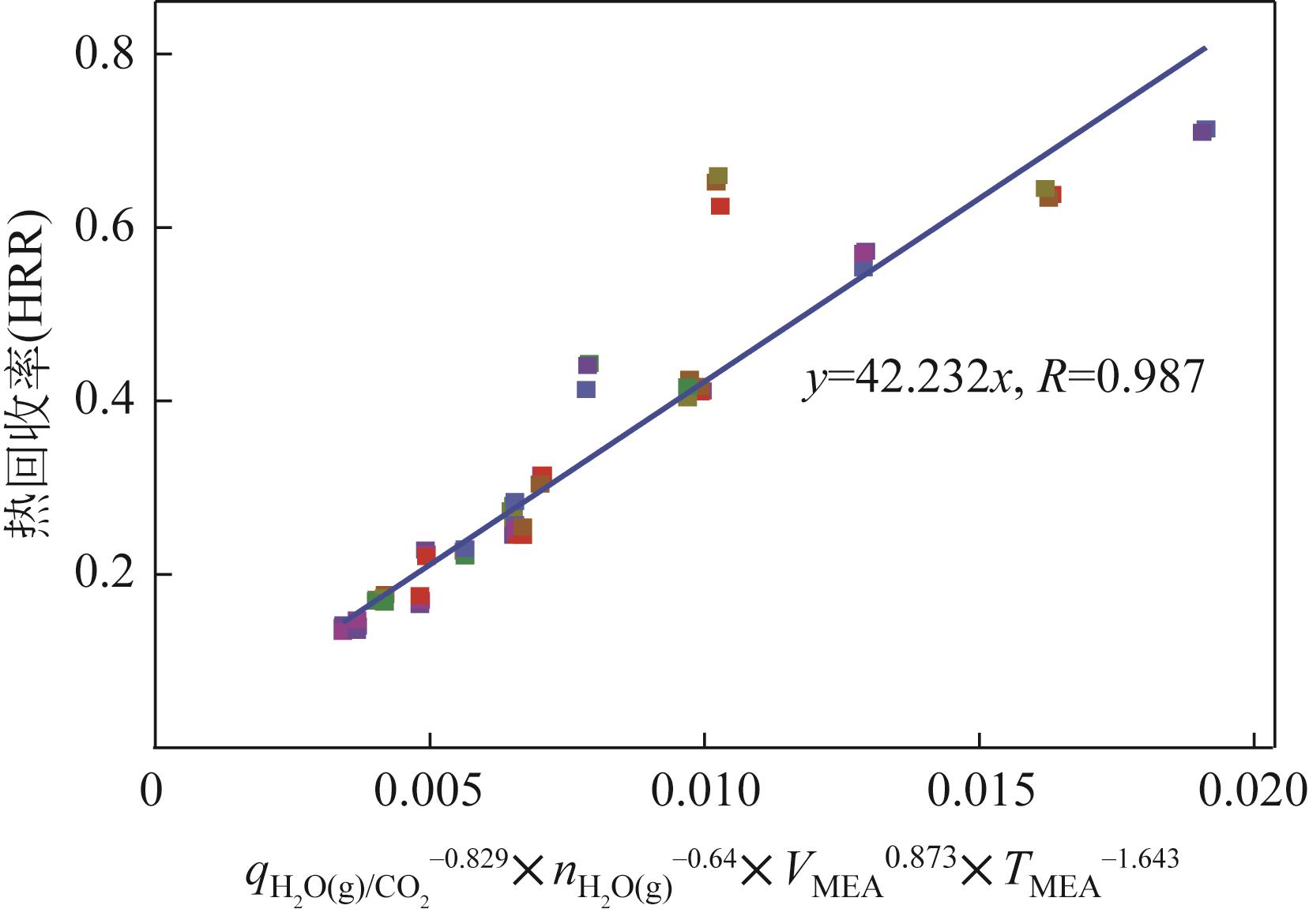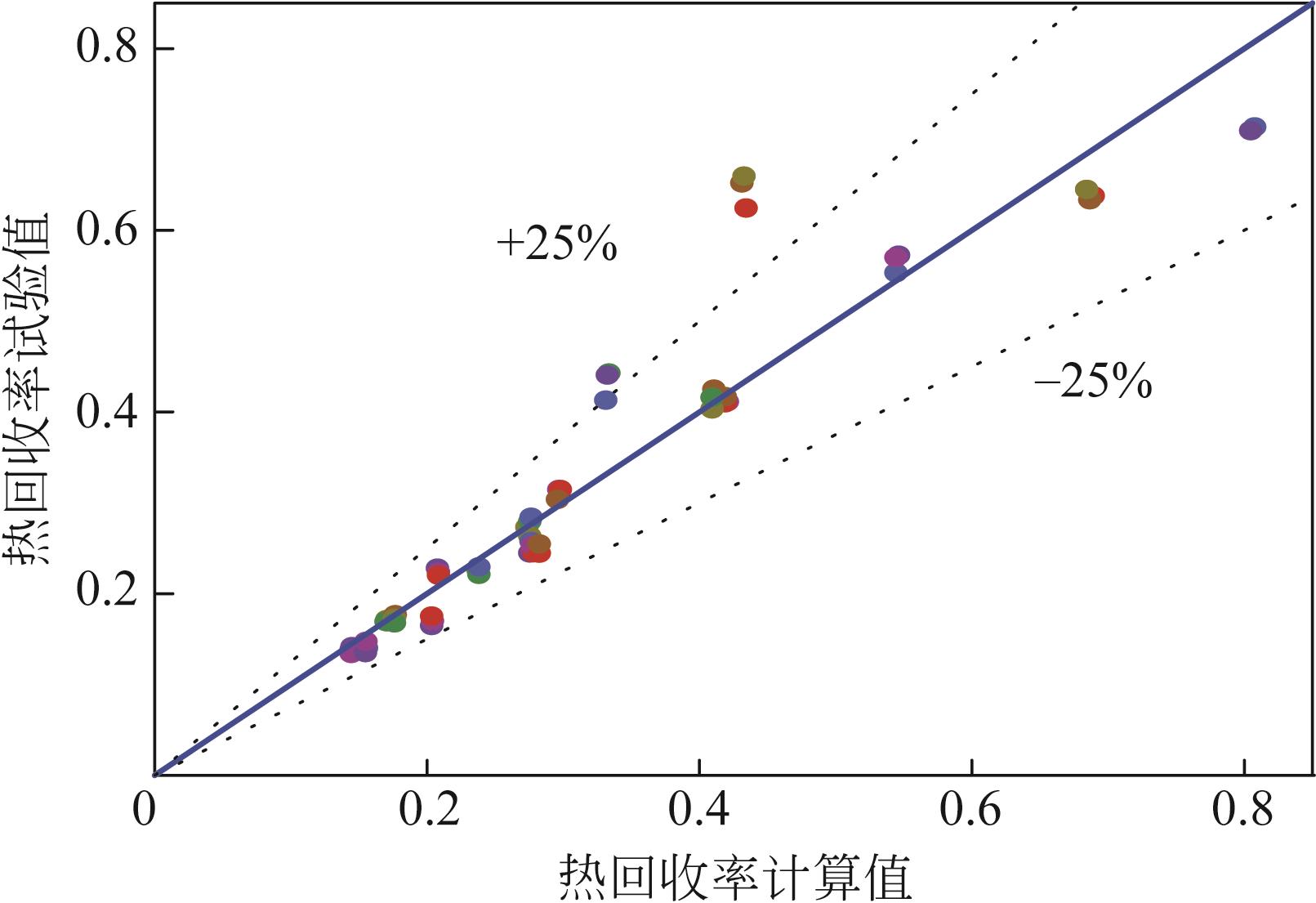| 1 |
LIN Y J, MADAN T R, ROCHELLE G T. Regeneration with rich bypass of aqueous piperazine and monoethanolamine for CO2 capture[J]. Industrial & Engineering Chemistry Research, 2014, 53(10): 4067-4074.
|
| 2 |
COUSINS A, COTTRELL A, LAWSON A, et al. Model verification and evaluation of the rich-split process modification at an Australian-based post combustion CO2capture pilot plant[J]. Greenhouse Gases: Science and Technology, 2012, 2(5): 329-345.
|
| 3 |
CUI Qiufang, LIU Shuo, XU Liqiang, et al. Modification of rich-split carbon capture process using ceramic membrane for reducing the reboiler duty: Effect of membrane arrangements[J]. Separation and Purification Technology, 2020, 235: 116148.
|
| 4 |
CHEN Haiping, ZHOU Yanan, CAO Sutian, et al. Heat exchange and water recovery experiments of flue gas with using nanoporous ceramic membranes[J]. Applied Thermal Engineering, 2017, 110: 686-694.
|
| 5 |
宋增华, 方梦祥, 王涛, 等. 纳米陶瓷膜对再生气的水热回收特性研究[J]. 能源工程, 2020(6): 1-9.
|
|
SONG Zenghua, FANG Mengxiang, WANG Tao, et al. Study on heat and water recovery from regeneration gas using nanoporous ceramic membrane[J]. Energy Engineering, 2020(6): 1-9.
|
| 6 |
WANG Tingting, YUE Maowen, QI Hong, et al. Transport membrane condenser for water and heat recovery from gaseous streams: Performance evaluation[J]. Journal of Membrane Science, 2015, 484: 10-17.
|
| 7 |
曹语, 王乐, 季超, 等. 陶瓷膜冷凝器用于烟气脱白烟过程的中试研究[J]. 化工学报, 2019, 70(6): 2192-2201.
|
|
CAO Yu, WANG Le, JI Chao, et al. Pilot-scale application on dissipation of smoke plume from flue gas using ceramic membrane condensers[J]. CIESC Journal, 2019, 70(6): 2192-2201.
|
| 8 |
崔秋芳, 徐立强, 涂特, 等. CO2化学吸收法中再生气的陶瓷膜余热回收特性[J]. 化工进展, 2019, 38(8): 3540-3547.
|
|
CUI Qiufang, XU Liqiang, TU Te, et al. Waste heat recovery performance from stripping gas in CO2 chemical absorption process by using ceramic membrane[J]. Chemical Industry and Engineering Progress, 2019, 38(8): 3540-3547.
|
| 9 |
KIM Kiho, YOO Myeongyeol, Kisang AHN, et al. Thermal and mechanical properties of AlN/BN-filled PVDF composite for solar cell backsheet application[J]. Ceramics International, 2015, 41(1): 179-187.
|
| 10 |
李欣. 聚偏氟乙烯导热性能改性研究[D]. 天津:天津大学,2013.
|
|
LI Xin. Modification of poly(vinylidene fluoride) heat conducting property[D]. Tianjin: Tianjin University, 2013.
|
| 11 |
晏水平. 膜吸收和化学吸收分离CO2特性的研究[D]. 杭州: 浙江大学,2009.
|
|
YAN Shuiping. Study on CO2 separation characteristic by using membrane gas absorption and chemical absorption technology[D]. Hangzhou: Zhejiang University, 2009.
|
| 12 |
HOU Deyin, DAI Guohua, FAN Hua, et al. Effects of calcium carbonate nano-particles on the properties of PVDF/nonwoven fabric flat-sheet composite membranes for direct contact membrane distillation[J]. Desalination, 2014, 347: 25-33.
|
| 13 |
XU Liqiang, CUI Qiufang, TU Te, et al. Waste heat recovery from the stripped gas in carbon capture process by membrane technology: Hydrophobic and hydrophilic organic membrane cases[J].Greenhouse Gases: Science and Technology, 2020, 10(2): 421-435.
|
| 14 |
SOBRINO M, CONCEPCIÓN E I, GÓMEZ-HERNÁNDEZ Á, et al. Viscosity and density measurements of aqueous amines at high pressures: MDEA-water and MEA-water mixtures for CO2 capture[J]. The Journal of Chemical Thermodynamics, 2016, 98: 231-241.
|
| 15 |
YAN Shuiping, CUI Qiufang, TU Te, et al. Membrane heat exchanger for novel heat recovery in carbon capture[J]. Journal of Membrane Science, 2019, 577: 60-68.
|
| 16 |
EFOME J E, BAGHBANZADEH M, RANA D, et al. Effects of superhydrophobic SiO2 nanoparticles on the performance of PVDF flat sheet membranes for vacuum membrane distillation[J]. Desalination, 2015, 373: 47-57.
|
| 17 |
Parker TexLoc Library[EB/OL]. [2022-05-06]. .
|
| 18 |
曹竞一, 汪朝晖, 汪效祖, 等. 导热增强型PVDF膜及其膜冷凝过程强化[J]. 膜科学与技术, 2020, 40(2): 75-81.
|
|
CAO Jingyi, WANG Zhaohui, WANG Xiaozu, et al. Enhancing the thermal conductivity of poly(vinylidene fluoride) membranes[J]. Membrane Science and Technology, 2020, 40(2):75-81.
|
| 19 |
HU H W, TANG G H, NIU D. Wettability modified nanoporous ceramic membrane for simultaneous residual heat and condensate recovery[J]. Scientific Reports, 2016, 6: 27274.
|
| 20 |
CHEN Haiping, YANG Boran. Experiment and simulation method to investigate the flow within porous ceramic membrane[J]. Journal of the Australian Ceramic Society, 2018, 54(3): 575-586.
|
| 21 |
LIN Chengxian, WANG Dexin, BAO Ainan. Numerical modeling and simulation of condensation heat transfer of a flue gas in a bundle of transport membrane tubes[J]. International Journal of Heat and Mass Transfer, 2013, 60: 41-50.
|
| 22 |
XIONG Yingying, TAN Houzhang, WANG Yibin, et al. Pilot-scale study on water and latent heat recovery from flue gas using fluorine plastic heat exchangers[J]. Journal of Cleaner Production, 2017, 161: 1416-1422.
|
| 23 |
孟庆莹, 曹语, 黄延召, 等. 过程参数对采用多孔陶瓷超滤膜回收烟气中余热和水性能的影响[J]. 化工学报, 2018, 69(6): 2519-2525.
|
|
MENG Qingying, CAO Yu, HUANG Yanzhao, et al. Effects of process parameters on water and waste heat recovery from flue gas using ceramic ultrafiltration membranes[J]. CIESC Journal, 2018, 69(6): 2519-2525.
|
 ), 肖满1,2, 崔秋芳1,2, 涂特1,2, 晏水平1,2(
), 肖满1,2, 崔秋芳1,2, 涂特1,2, 晏水平1,2( )
)
 ), XIAO Man1,2, CUI Qiufang1,2, TU Te1,2, YAN Shuiping1,2(
), XIAO Man1,2, CUI Qiufang1,2, TU Te1,2, YAN Shuiping1,2( )
)
